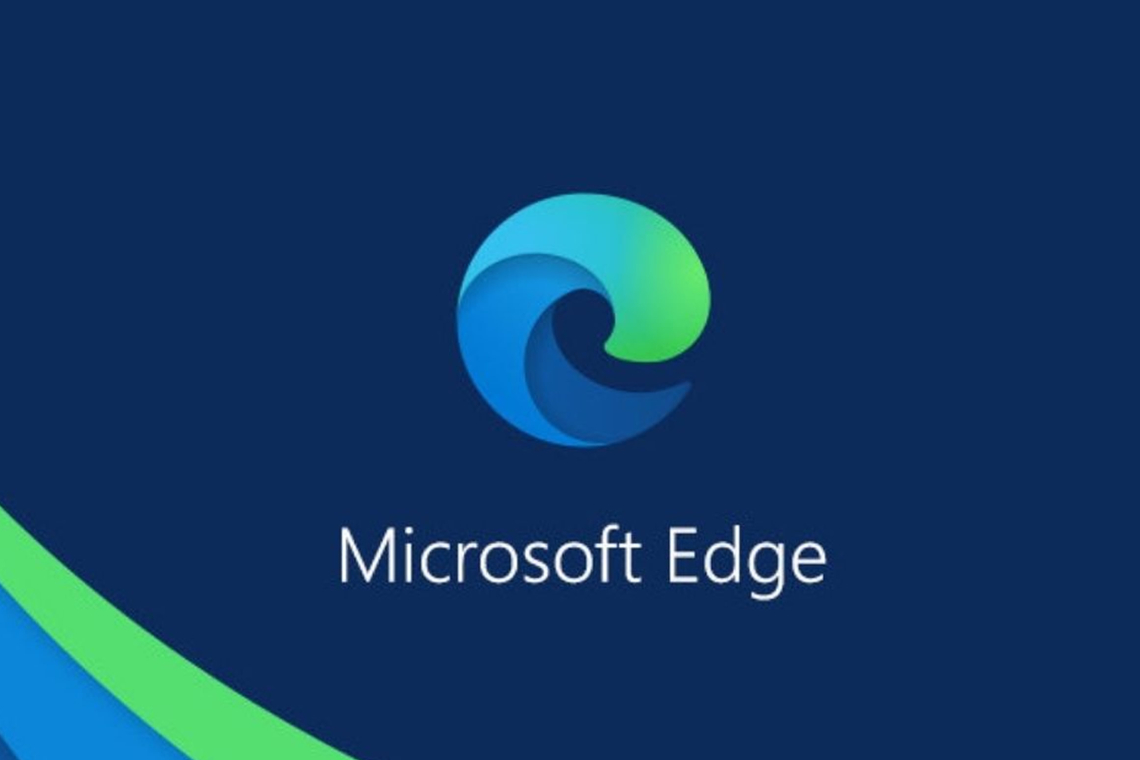Microsoft is rolling out a new scareware sensor for the Edge web browser designed to detect scam pages more quickly and ensure that Defender SmartScreen blocks them faster worldwide.
In these scareware or tech support scams, fraudsters use aggressive landing pages to trick victims into believing their devices are infected with malware. They then pressure the victim into calling a fake tech support number to gain remote access to the system.
While Defender SmartScreen protects users after a malicious site is added to its index, Edge's built-in scareware blocker offers extra protection by using a local machine learning model to detect signs of scams in real-time. When a tech support scam page is detected, this AI/ML-
based blocker warns the user, exits full-screen mode, stops loud audio, and displays a warning, though it allows the user to proceed if they believe the site is safe.
The new sensor enhances this process. Starting in November, if the Scareware blocker detects a suspicious full-screen page, the new sensor in Edge 142 can notify SmartScreen immediately. This provides SmartScreen with an immediate heads-up to help confirm the scam faster and block it globally. Microsoft plans to add more anonymous detection signals later to help Edge recognize recurring scam patterns.
This new scareware sensor is rolling out in Microsoft Edge 142, disabled by default, but Microsoft plans to enable it for all users who have SmartScreen turned on. Users have reported sophisticated scareware that goes beyond the standard "Virus Alert!" popups, including scams that mimic law enforcement or use fake control panels and blue screens. The new sensor ensures that Edge can alert users to these novel scams, even before services like Google Safe Browsing or Defender SmartScreen officially index them.
Found this article interesting? Follow us on X(Twitter) ,Threads and FaceBook to read more exclusive content we post.



